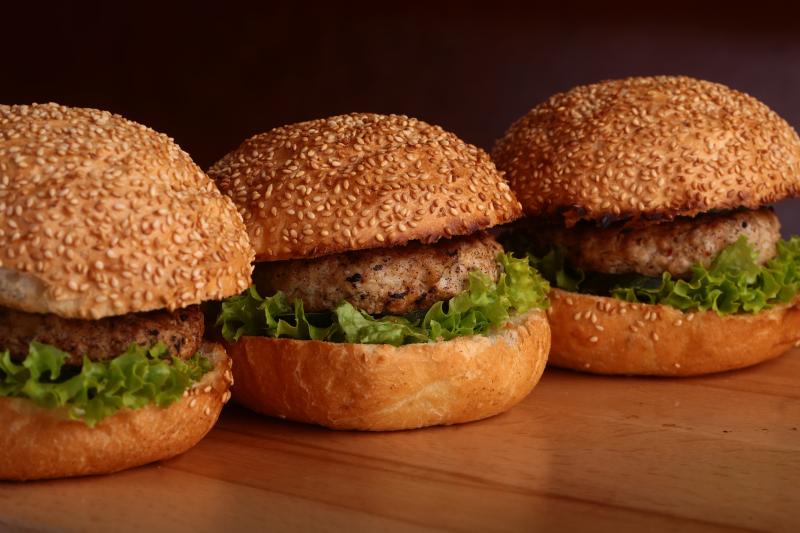Higher ultra-processed food intake ups risk of NAFLD, severe liver disease

People who consume a lot of ultra-processed food (UPF) have a greater risk of developing nonalcoholic fatty liver disease (NAFLD), liver fibrosis, and cirrhosis, as well as severe liver disease and adverse levels of several clinical biomarkers, reveals a study.
A team of researchers analysed 173,889 participants aged 40‒69 years from the UK Biobank. UPF intake was defined using 24-h dietary recalls and NOVA classification. Data on liver outcomes were collected from cancer registry, in-hospital records, and death registries.
The researchers measured serum biomarkers at baseline. They also estimated hazard ratios (HRs) and 95 percent confidence intervals (CIs) for the associations between UPF and adverse liver outcomes using Cox proportional hazards models, with adjustments for demographics, lifestyle factors, body mass index, and diabetes.
Finally, multinomial logistic regression was performed to explore the relationship between UPF and liver function biomarkers.
A total of 1,108 NAFLD, 350 liver fibrosis/cirrhosis, 134 liver cancer, and 550 severe liver disease cases were recorded over a median follow-up of 8.9 years.
Greater consumption of UPF resulted in an increased risk of NAFLD (HR, 1.43, 95 percent CI, 1.21‒1.70; ptrend<0.001), liver fibrosis/cirrhosis (HR, 1.18, 95 percent CI, 0.87‒1.59; ptrend=0.009), and severe liver disease (HR, 1.50, 95 percent CI, 1.19‒1.90; ptrend<0.001), but not with liver cancer (HR, 1.00, 95 percent CI, 0.63‒1.58; ptrend=0.88).
Higher UPF intake also contributed to the increased levels of C-reactive protein, alkaline phosphatase, aspartate aminotransferase, γ-glutamyltransferase, triglycerides, and lower cholesterols (ptrend<0.001 for all).
These findings suggest the potential importance of reducing UPF intake to improve liver health, according to the researchers.





 Change Password
Change Password
 Points
Points
 Sign Out
Sign Out
